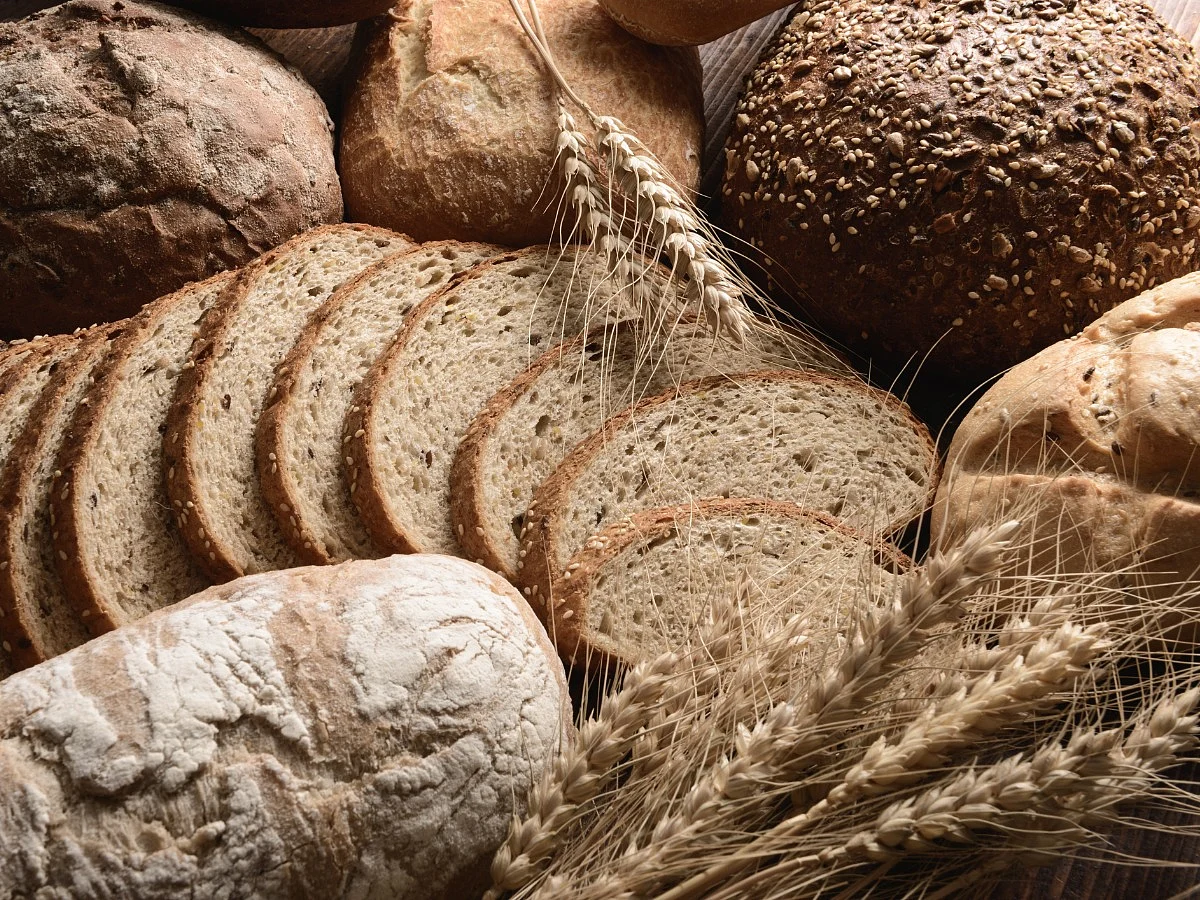6 Health Benefits of Brown Bread
Check the reasons why brown bread is healthier than white bread.

advertisement
Brown bread is considered a healthier bread option and hence has become a popular breakfast promoting satiety. Every region has its specialties and recipes for making this bread. Brown bread contains a lot of whole wheat flour, such as rye or wheat. Ingredients like caramel or molasses are used to color bread. It is considered ideal for the health-conscious consumer because it retains the germ and bran of wheat flour. The five main ingredients of brown bread are wheat flour, water, salt, sugar, and yeast. The major difference between brown and white bread lies in the type of flour used. While brown bread is made of whole wheat flour, which contains more nutrients and fiber, white bread is made from refined flour. So, it lacks some of the nutritional elements found in whole grains.
In addition to being healthy, brown bread is also versatile; it can be eaten as it is, as toast, or even as part of a crumb cake or pie.
1. Reduces Chronic Inflammation
Whole grains found in brown bread help to reduce inflammation, the primary cause of many chronic diseases. The reason is that whole grains are high in fiber. People who eat whole grains tend to have a lower risk of dying from chronic diseases caused by inflammation.
2. Possesses Low Glycemic
Brown bread has a low glycemic index and thus poses minimal risk to diabetics, cardiac patients, and obese people. Processed brown bread contains no added sugars, which results in a low glycemic index. Consuming brown bread helps to control diabetes and reduce the risk of cardiovascular disease and obesity. Brown bread is more satiating and filling and helps one stay active and healthy.
3. Facilitates Bowel Movements
Brown bread acts as a natural laxative and helps with bowel movements. Being an excellent source of fiber that adds weight to stool. Brown bread speeds up the flow of materials through the intestine. People with haemorrhoid problems and constipation should include brown bread in their diet.
4. Helps Manage Hypertension
Eating brown bread helps to release stress because food items with whole grains tend to release happy hormones in the brain. Brown bread releases serotonin, a neurotransmitter that benefits happiness and wellness. In addition, it also allows one to sleep better and helps reduce hypertension.
5. Lowers the risk of heart disease
Whole grains lower the risk of heart disease, which is the leading cause of death worldwide. Eating brown bread helps lower the risk of heart disease by 22% since it is made up of whole grains. Heart-healthy diets must include more whole grains and fewer refined grains. Brown bread is not only a great source of fiber and nutrients, but also is low in sugar and contains healthy fats that improve artery health.
6. Reduces the risk of stroke
Brown bread is a healthy snack option that also helps to reduce the risk of stroke. It is high in antioxidants but is also comparatively low in sugar and calories. Brown bread provides almost 30% of the daily requirement of vitamin B6 and potassium. It is a healthy and nutritious snack that helps to maintain a healthy weight and lowers cholesterol levels.
(At The Quint, we question everything. Play an active role in shaping our journalism by becoming a member today.)